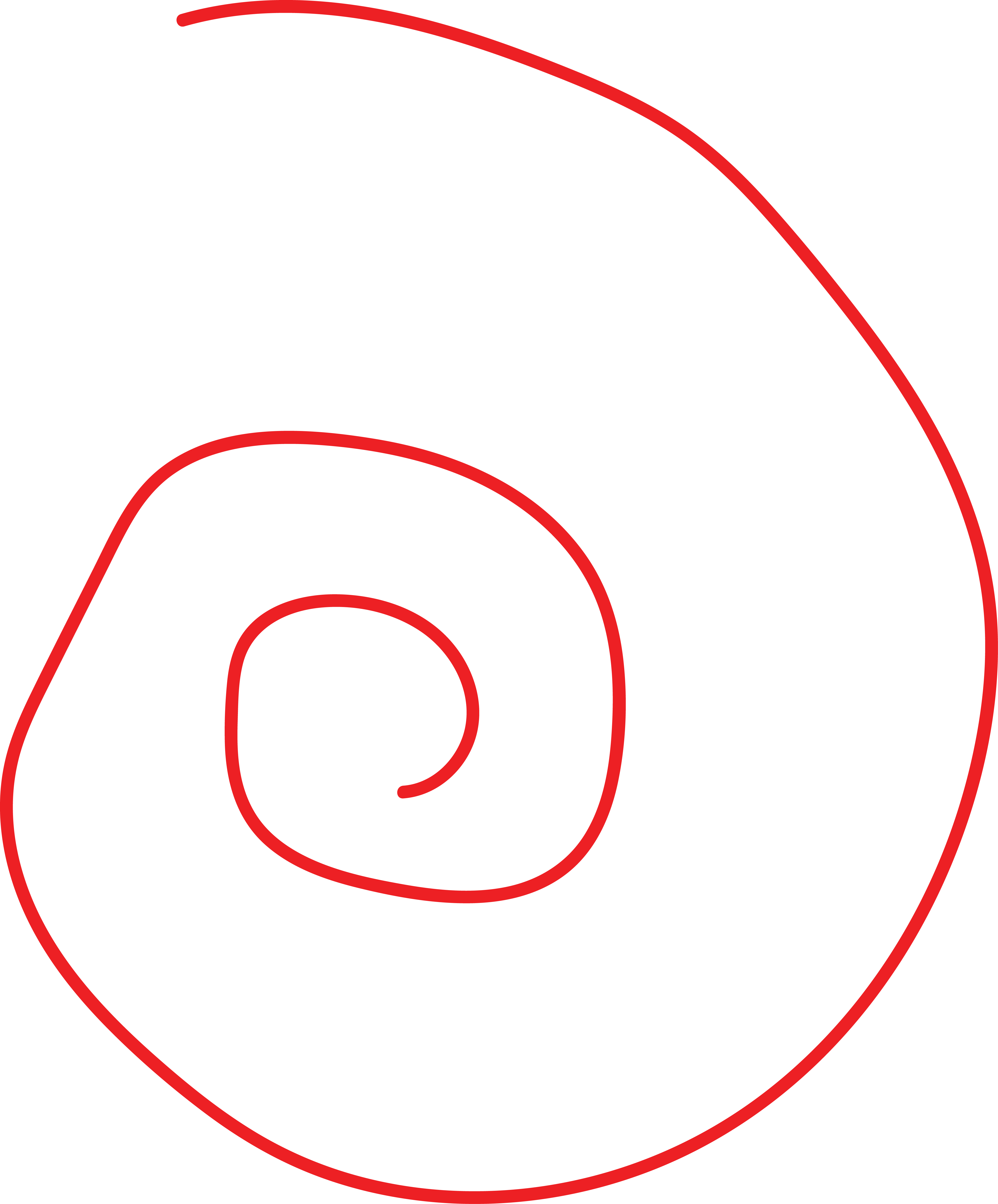Restoring Culture
By Yujin Bao
The Gully, rich in Indigenous history and culture, once flourished with abundant natural resources and vibrant ecosystems. However, colonial impacts and the construction of a racetrack in 1957 led to severe environmental degradation and the displacement of its Indigenous custodians. Today challenges such as rapid wetland water flow, poor water quality, and invasive weeds threaten its historical and cultural significance. This project revives The Gully’s lost memories and restores its ecological and cultural vitality.

Water Cycle Integration and Wetland Protection
The project includes innovative measures to enhance the transition of surface water to groundwater, bolstering wetland conservation. Wetlands act as natural filtration and storage systems, gradually releasing absorbed surface water into groundwater. This balance mitigates soil erosion, enhances water quality, and supports hydrological cycles. Conservation strategies will restore degraded wetlands, improve storage and filtration capacities, and integrate artificial wetlands in urbanised areas to support water management.

Restoring the SOAKS
Restoration efforts will focus on planting native species significant to Indigenous culture and well-suited for SOAK areas while suppressing invasive weeds. Species such as Spiny-headed Mat-rush and Murnong Yam Daisy, valued for their edible and medicinal uses in Indigenous traditions, will be reintroduced. These plantings will harmonise with water features, enriching the landscape's ecological diversity and cultural layers. Through these efforts, the project aims to simultaneously enhance biodiversity, improve water quality, and honour the cultural heritage of The Gully.

The Role of SOAK Areas in Wetland Conservation
SOAK areas are critical to wetland conservation and management. These natural features regulate water levels, reduce flood peaks, and stabilise hydrological balance by absorbing rainwater and surface water. Their vegetation and soil filter pollutants, improving water quality and supporting aquatic ecosystems. Additionally, the diverse hydrological conditions within SOAK areas create habitats for various species, promoting ecological stability. SOAK areas also reduce erosion and prevent further wetland degradation by slowing water flow.

Creating Spaces for Women
A key design element is creating a private, culturally significant space for women, reflecting traditional Australian Aboriginal practices where specific locations are reserved for women’s rituals, knowledge sharing, and daily activities like food gathering and cultural education. These "women's places" hold deep cultural importance and play a vital role in transmitting knowledge and preserving social order. This private space, integrated with water features, will contribute to the broader layout of The Gully, ensuring both cultural relevance and ecological functionality.

To protect turtle eggs, designated areas will include tall shrubs and specific plantings to form natural barriers, supporting the conservation of native species while enhancing ecological complexity.
